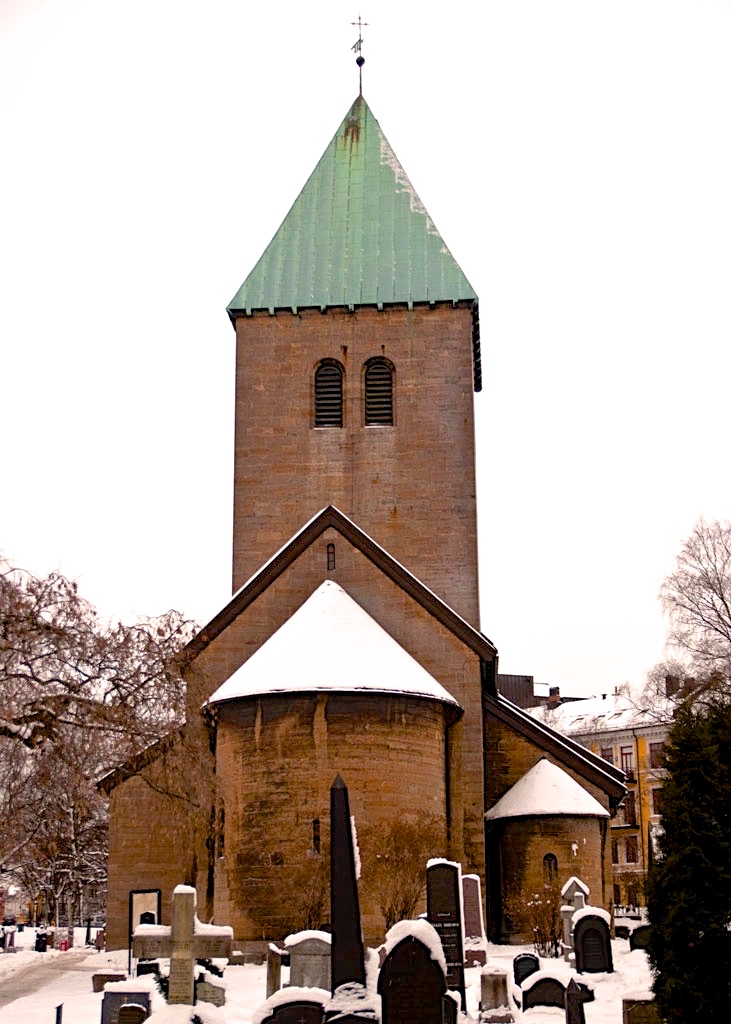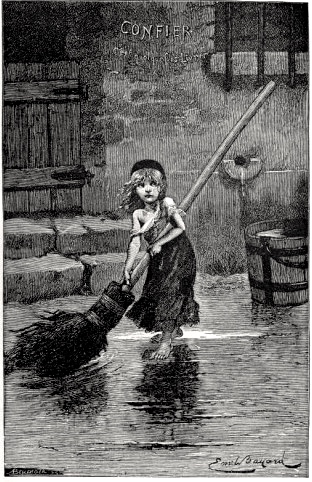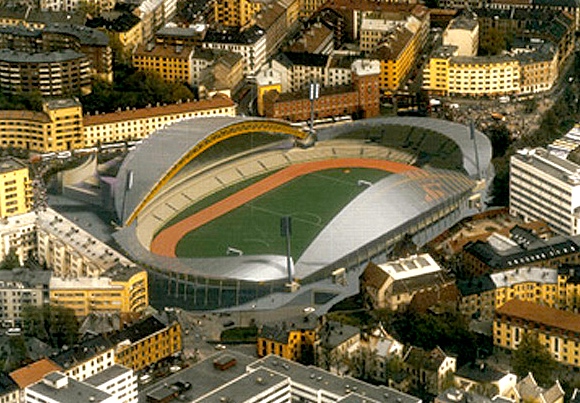“To sum up…I’m no good at driving slowly, I’m way too soft, I fall in love far too easily, I lose my head when I get angry, and I’m bad at math…So what on earth can a man like Daniel Hoffmann use someone like me for? The answer is – as you might have worked out already – as a fixer. I don’t have to drive, and I mostly kill the sort of men who deserve it, and the numbers aren’t exactly hard to keep track of.”—Olav Johansen
 Thirteen is certainly not an unlucky number for Norwegian author Jo Nesbo, whose thirteenth crime novel has just been released in English. Winner of countless prizes, including the prestigious Glass Key Award, the Edgar Award, and Norway’s Peer Gynt Prize, Nesbo has written ten novels in the Harry Hole series, and three stand-alone novels, Headhunters, The Son, and now Blood on Snow, a novel quite different in length, focus, and tone from all that have gone before. Readers who admire Nesbo for his ability to write in a variety of thriller subgenres from horror (The Snowman) to an historical about Norway’s Nazi past and neo-Nazi present (The Redbreast) – have come to expect complex, multi-layered plots punctuated by action scenes of almost unimaginable violence. This short novel about a hired killer introduces a newer style, however – leaner, cleaner, and more introspective, with wonderful ironic humor new for readers of Nesbo.
Thirteen is certainly not an unlucky number for Norwegian author Jo Nesbo, whose thirteenth crime novel has just been released in English. Winner of countless prizes, including the prestigious Glass Key Award, the Edgar Award, and Norway’s Peer Gynt Prize, Nesbo has written ten novels in the Harry Hole series, and three stand-alone novels, Headhunters, The Son, and now Blood on Snow, a novel quite different in length, focus, and tone from all that have gone before. Readers who admire Nesbo for his ability to write in a variety of thriller subgenres from horror (The Snowman) to an historical about Norway’s Nazi past and neo-Nazi present (The Redbreast) – have come to expect complex, multi-layered plots punctuated by action scenes of almost unimaginable violence. This short novel about a hired killer introduces a newer style, however – leaner, cleaner, and more introspective, with wonderful ironic humor new for readers of Nesbo.
Though the novel certainly has its excitements, much of the novel capitalizes on the ironies which exist between the thinking of Olav Johansen, the young, dyslexic main character, and his actions as a “fixer.” It is through Olav’s running commentary that the reader understands the narrative, and one cannot miss the tongue-in-cheek attitude of the author who is controlling this character. The opening sentences are classic: With a lyricism uncommon to Nesbo, we learn that “the snow was dancing like cotton wool in the light of the street lamps. Aimlessly, unable to decide whether it wanted to fall up or down, just letting itself be driven…” As the wind and snow swirl and the romantic language continues, Nesbo suddenly announces that the wind “got fed up and dumped its dance partner beside the wall,” preparing us for the dark punch line: “And there the dry, windswept snow was settling around the shoes of the man I had just shot in the chest and neck.”

Bygdoy Alle, where Daniel Hoffmann lives. Olav Johansen rents an apartment on the opposite side of the street, so he can spy on Corinna, Hoffmann’s wife.
Immediately after this surprise, however, the speaker, exhibiting some of the characteristics of a person with Attention Deficit Disorder, begins chatting about the character of snow crystals and their contrast with crystals of blood which are the deep red of “a king’s robe, all purple and lined with ermine.” He does not ponder about the murder itself – in fact, thinks nothing of it. Instead, he describes the Norwegian folk tales his mother used to read to him, suggesting “that’s probably why she named me for a king.” In fewer than two hundred words, Nesbo had me in the palm of his hand, enjoying (and smirking) at the ironies involving Olav Johansen as I sped into the rest of the novel.

Photo of the medieval Old Aker Church and its cemetery by Noel Lobo. Maria, the deaf girl Olav has always loved, goes to visit family graves there.
Nesbo takes full advantage of the smaller scope of this novel, and while he does not develop complete characters in the two hundred, wide-margined pages of this book, his focus on the characters’ inner worlds is far greater than one finds in his longer, action-based, multi-layered thrillers. Olav, for example, has set limits on what he can and will do for Daniel Hoffmann, the high-level operator for whom he works. He can’t drive a getaway car because he can’t drive inconspicuously. He can’t be used in robberies because he knows that bank employees who experience a robbery often end up with psychological problems, and he was upset by the effects on an old man at whom he’d pointed a gun. He can’t work with drugs because his mother was an addict and he himself thinks he could become one. He can’t work with prostitutes because he falls in love so easily. That leaves “the obvious” – working as a fixer. Despite the murders Olav commits, they are almost always of people who do evil things – Olav believes he has a good heart, and the reader can’t help but agree.
When Olav receives his biggest assignment from Hoffmann – to murder Hoffmann’s wife Corina, who has been having an affair, he rents an apartment on Bygdoy Alle, across from Hoffmann’s place and spies on Corina. When he sees her admit a man to the apartment, he is shocked to see the man hit her, semi-strangle her, and then tear off her dress before sexually attacking her, and he then remembers, strangely, an image he saw in a book when he was a boy – of three hyenas attacking their prey. Before long Olav is madly in love with Corina, but when Olav discovers the identity of Corina’s lover, he realizes that he himself is in big trouble.

When Olav was very ill as a child, his mother took out Les Miserables from the library, “the concise edition,” with the original illustrations by Emile Bayard. The illustration used for all the programs for the modern musical also used this original.
As the complexities of plot increase, Olav also becomes more complex, and he soon tells about his family background and his childhood reading experiences, however difficult reading has been for him. Soon he and Corina are dreaming of Paris because he has told her the story of Les Miserables and she is infatuated with Cosette and Marius. Olav is not happy with Victor Hugo’s depiction of Jean Valjean, with whom he personally identifies, so he simply changes Valjean’s story when he tells it to Corina. The twists and reversals which occur at the conclusion of the novel, while a “convenient” way to end it, bring to mind some of the great, ironic stories of H.H. Monroe, writing as Saki.
I have always enjoyed the novels of Jo Nesbo, and though I have been repulsed by some of the violence inherent in many of them, I have also admired Nesbo’s ability to go in his own direction, wherever his stories take him. I admire his ability to write and write and write and never “tell the same story twice,” or get bogged down. Here the prolific Nesbo explores new directions, suggesting more literary approaches and more ironic humor for some future novels, and I am excited about these possibilities for the future. This is a real change of focus and pace here, one which will appeal to those who think it is time for such a change and those who may be wearying of the graphic violence in his earlier work.
Also by Jo Nesbo: Harry Hole series: THE BAT (1997), COCKROACHES (1998), THE REDBREAST (2000), NEMESIS (2002), THE DEVIL’S STAR (2003), THE REDEEMER (2005). THE SNOWMAN (2007), HEADHUNTERS (2008), THE LEOPARD (2009), PHANTOM (2011), POLICE (2013) , THE SON (2014), THE THIRST (2017) , KNIFE (2019) Olav Johansen series: MIDNIGHT SUN (2016)
Photos, in order: The author’s photo appears on http://www.zimbio.com/
Bygdoy Alle may be found on http://www.skyscrapercity.com/
The medieval Old Aker Church and its cemetery, by Noel Lobo, are from https://www.pinterest.com
Bislett Stadium, where Olav met with two accomplices before staging his final murder assignment, appears on http://www.info-stades.fr/
This original illustration for Victor Hugo’s Les Miserables, by Emile Bayard, was also used for the modern musical programs. This was the cover for the copy of this book read by Olaf as a child. http://en.wikipedia.org


